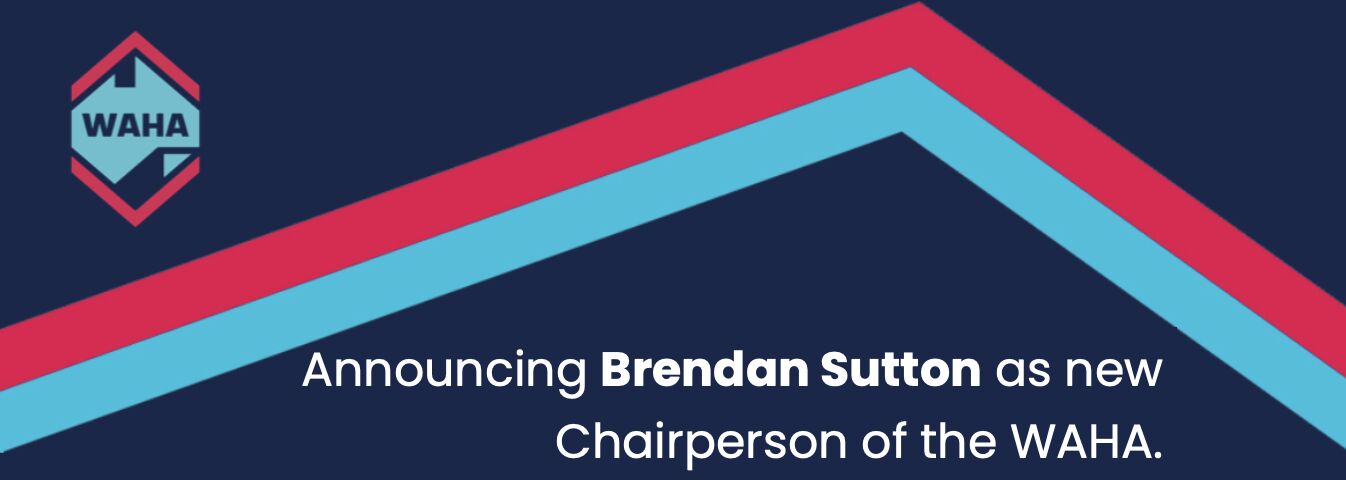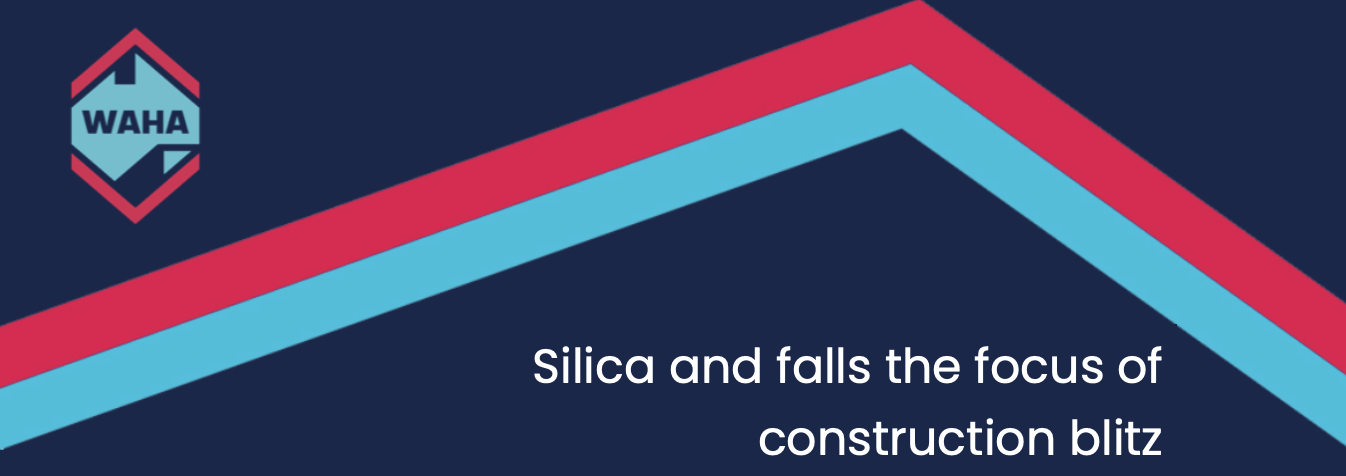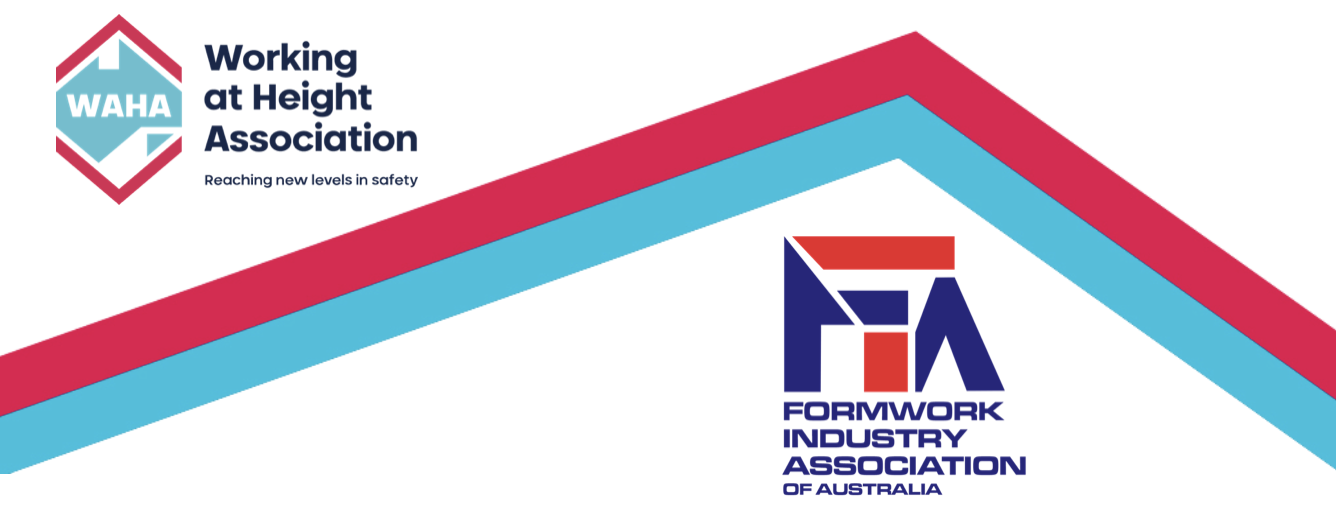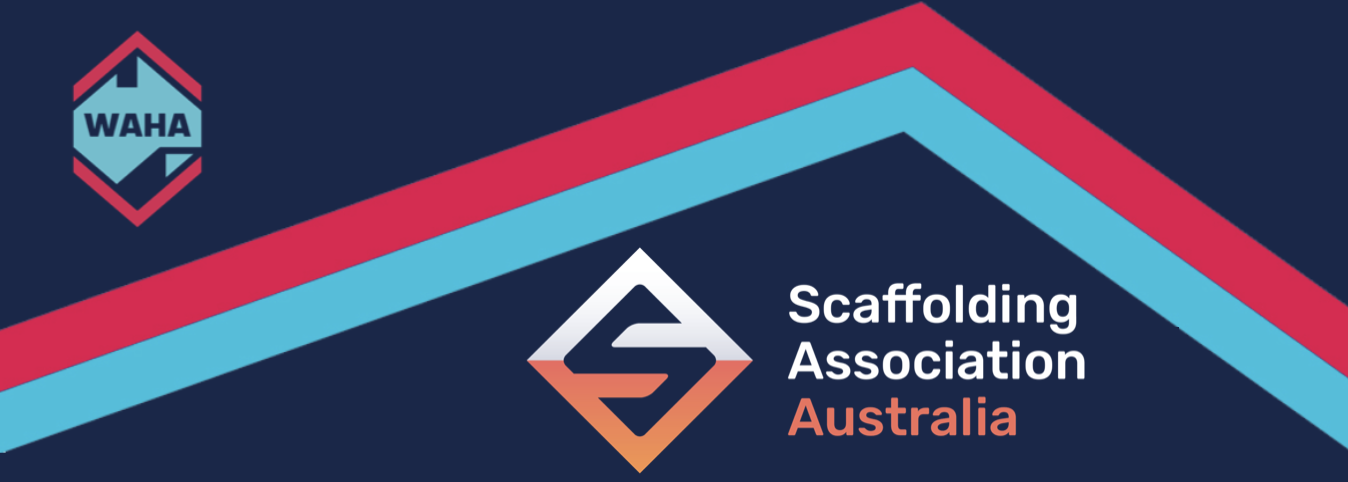As of the 17th of August 2023, Brendan Sutton has accepted the role of Chairperson for the Working at Height Association (WAHA) of Australia. Brendan assumes this role from Michael Biddle, who has served as the chair of WAHA for over 14 years.
“I can think of no better person to hand the reins of the WAHA to, than Brendan Sutton. With outstanding height safety expertise and a great level of personal energy, I know the association will be in good hands under Brendan’s leadership. I look forward to supporting Brendan in his transition to the Chairperson’s role”
Michael Biddle
Brendan is the Managing Director of Altura – Height Safety Professionals, a professional height safety and access consultancy based in Perth, WA.
Brendan has been reviewing and designing maintenance access and height safety systems across the built environment since 2004 and has accumulated an impressive portfolio of successful works. Brendan has served as a Director of the WAHA since 2020. Specialising in the development of complex access strategies, Brendan has extensive experience within the building and construction industry. His passion for projects that combine architectural, engineering and equipment design – making him a key resource to the Association.
“Michael has provided an immeasurable contribution to the association during his time. Whilst he is one of the uniquely matched professionals within our industry to perform as the Chairman, we recognise that for the association to be sustainable and grow it can’t be reliant on any single person. Moreover, it goes without saying that Michael has more than fulfilled his obligation to the role and deserves an opportunity to focus on other priorities. I’m honoured by the encouragement from my fellow board members to step into this position and feel excited about the future prospects of the association. I’m confident that the board and leadership team will bring more value and positive influence to the industry going forwards”
Brendan Sutton
Michael will continue to be involved with the Association as a Director. With a lengthy history and a wealth of expertise and knowledge in height safety and confined space matters, we are pleased to have his input continue within the Association.





